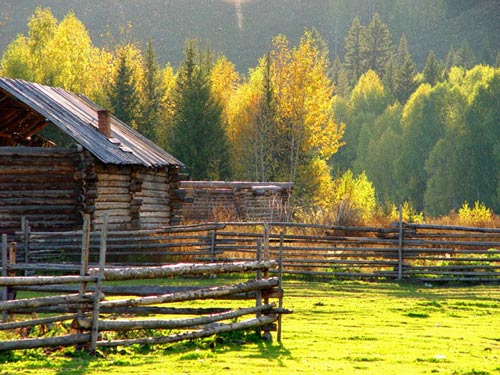The Xinjiang Uygur Autonomous Region accounts for more than a sixth of China's total territory. And with a population of 17-million, it has very rich tourism resources and a great potential for developing its tourism industry.

Xinjiang's tourism resources are vast both in quantity and variety. In Xinjiang, one can find the driest, hottest, and coldest places in all of China. It also has China's longest continental river, lowest lowland, largest inland lake, and largest desert.
With all these widely different natural views, There is a saying that Xinjiang has "four seasons on a single mountain and two climates within a few miles."
Historical tourism resources in Xinjiang boast unique charm. The Silk Road across the region is famous worldwide. There are 236 sites in Xinjiang that are worth studying .
Xinjiang has always been home to diverse ethnic groups and cultures. Their life style, culture, and folk art customs and festivals have strong ethnic characteristics.
Xinjiang has enjoyed the fame of being the hometown of fruits and melons. It is also famous for its gold,jade and carpet products.
Tourism in Xinjiang has developed rapidly. With more than twenty years of development, and investment totaling over 4.4 billion yuan, the tourism industry now plays an important role in the Region's economy.